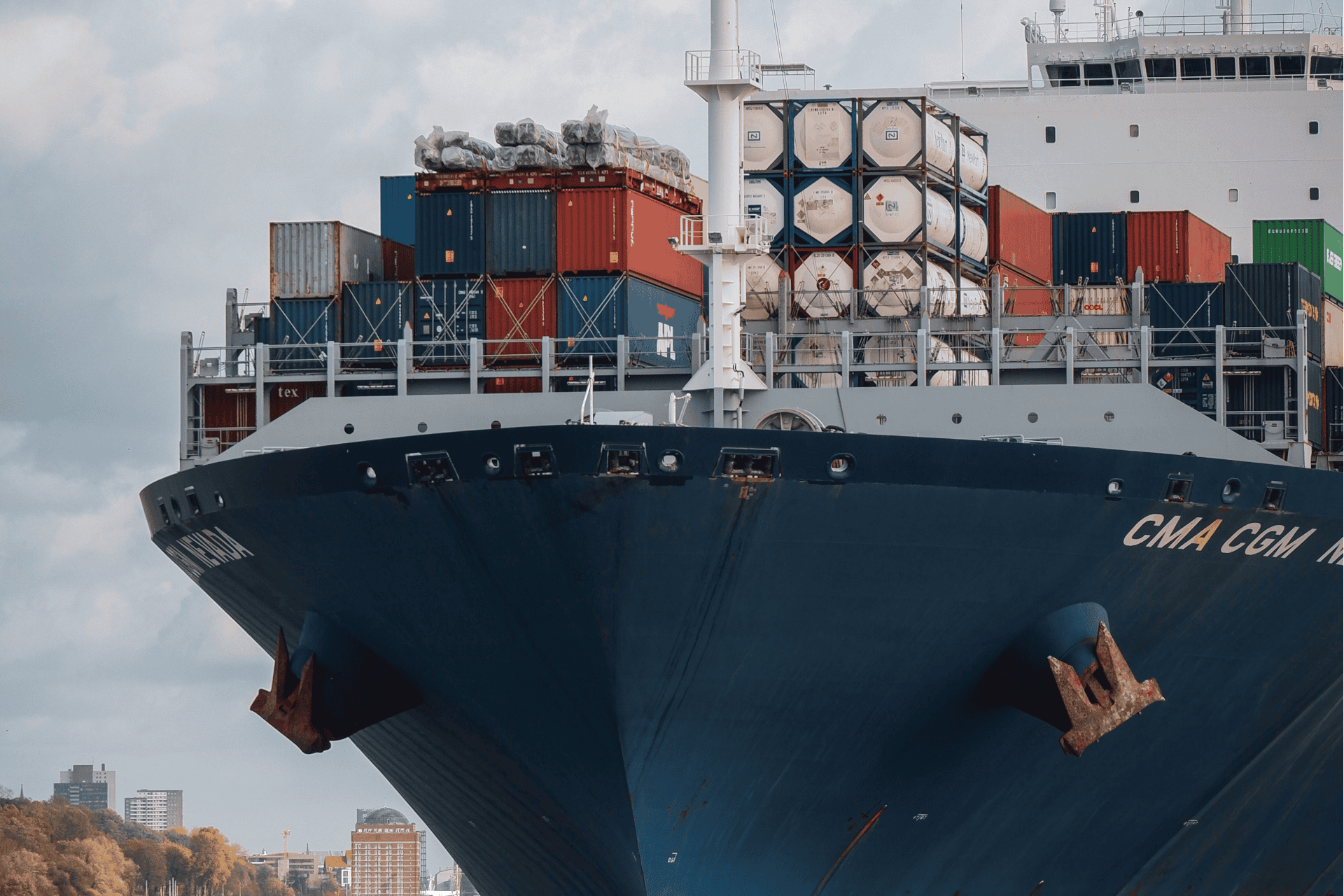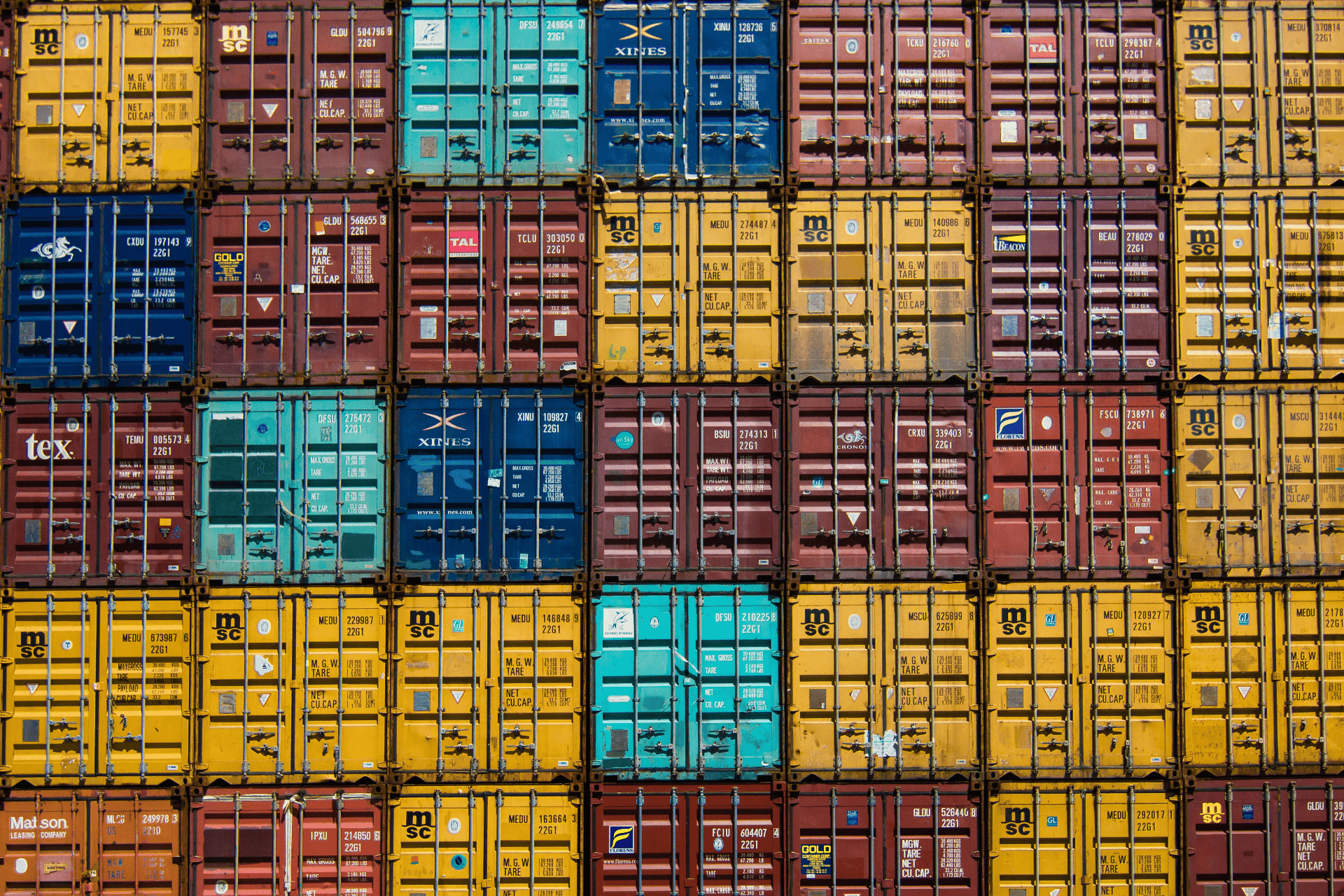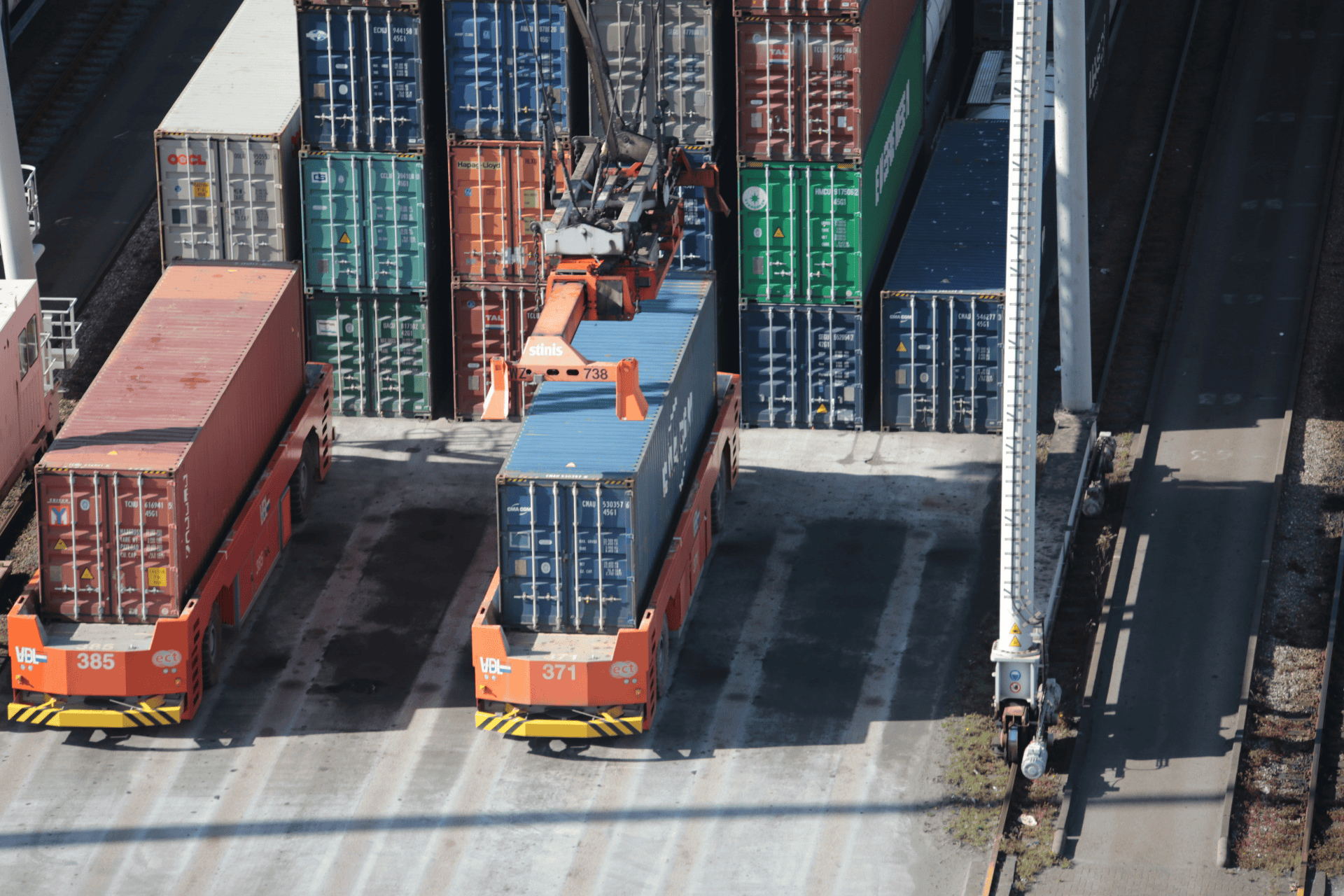Optimizing international shipping and logistics processes involves establishing strong partnerships, leveraging technology, efficient inventory management, complying with customs regulations, consolidating shipments, and continuous evaluation. By employing these strategies, businesses can streamline operations, reduce costs, and improve customer satisfaction in international markets.
In the globalized business landscape, efficient shipping and logistics processes are vital for companies aiming to expand their operations into international markets. International shipping involves complex networks, customs regulations, and transportation challenges that can impact delivery timelines and increase costs. To overcome these hurdles and streamline their shipping and logistics processes, businesses can employ various strategies and best practices.
First and foremost, establishing strong relationships with reliable freight forwarders or logistics providers is essential. These partners can offer expertise in navigating the complexities of international shipping, provide cost-effective transportation solutions, and ensure smooth customs clearance. Collaborating with experienced professionals in the field can help businesses optimize their logistics operations and enhance overall efficiency.
Utilizing technology and automation is another key aspect of optimizing international shipping and logistics. Implementing a robust transportation management system (TMS) can centralize and streamline the entire shipping process, from order placement to tracking and delivery. TMS software can automate tasks such as carrier selection, rate comparison, and documentation, saving time and reducing human errors. Additionally, integrating with global trade platforms and electronic data interchange (EDI) systems can enhance communication and data exchange with trading partners and customs authorities.
Efficient inventory management is crucial when it comes to international shipping. Companies should strive to achieve a balance between minimizing stockouts and excess inventory. Implementing inventory optimization techniques, such as just-in-time (JIT) inventory management or adopting demand forecasting tools, can help optimize inventory levels and reduce storage costs. By aligning inventory with customer demand and maintaining optimal stock levels, businesses can improve order fulfillment and reduce lead times.
Streamlining customs processes is a significant factor in optimizing international shipping and logistics. Understanding and complying with customs regulations and documentation requirements of each destination country is essential. Investing in the expertise of customs brokers or utilizing technology solutions that automate customs documentation can expedite the clearance process and minimize delays at borders. Efficient customs clearance not only ensures timely delivery but also reduces the risk of penalties or fines due to non-compliance.
Consolidating shipments is an effective strategy to optimize international shipping costs. Combining multiple smaller shipments into a single larger shipment, known as consolidation, can reduce transportation costs and increase efficiency. Consolidation can be achieved through collaboration with other companies or by utilizing third-party logistics providers (3PLs) specializing in consolidation services. By maximizing container space and reducing the number of individual shipments, businesses can achieve significant cost savings and minimize their environmental footprint.
Lastly, continuous monitoring and performance evaluation are crucial for ongoing optimization. Regularly reviewing shipping and logistics processes, analyzing key performance indicators (KPIs), and seeking feedback from customers and partners can help identify areas for improvement. By identifying bottlenecks, implementing corrective measures, and adapting to changing market dynamics, businesses can continuously enhance their shipping and logistics operations and stay ahead of the competition.
Related Information



















































